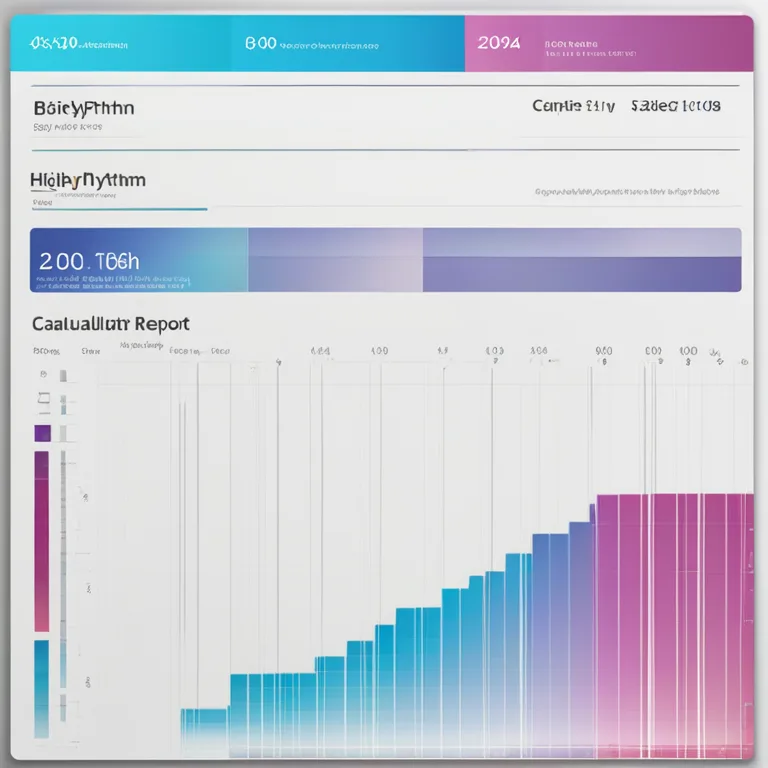
The Essence of Biorhythm Compatibility Explored
Delve into the concept of biorhythm compatibility and how it influences interpersonal dynamics and personal well-being.
article by Adrian Wallace
Introduction to Biorhythms
For generations, humans have looked for signs in the natural world to explain and predict their personal experiences. One such concept is that of biorhythms, mathematical patterns that suggest we operate under cycles of physical, emotional, and intellectual waves. These waves reportedly start at birth and influence us throughout our lives. Understanding these patterns not only allows us to assess individual well-being but also how we mesh with others—known as biorhythm compatibility.

Understanding Compatibility
How exactly do biorhythms determine compatibility? It is believed that each person's biorhythm cycle affects their interactions with others. When two individuals' cycles are in sync, they may experience heightened understanding and fewer conflicts, while out-of-sync cycles could lead to tension. Biorhythm compatibility seeks to align partners' emotional, physical, and intellectual cycles to foster harmony within relationships.

The Three Primary Cycles
The cornerstone of biorhythm theory lies in three primary cycles. The physical cycle, with a duration of 23 days, affects strength, coordination, and overall well-being. The emotional cycle, lasting 28 days, influences creativity, mood, and perception. The intellectual cycle, a 33-day span, shapes analytical thinking, memory, and communication. By comparing these cycles between two people, one can gauge the potential highs and lows in various aspects of their relationship.

Calculating Biorhythm Compatibility
To calculate biorhythm compatibility, one must first determine the individual biorhythms using birth dates as the starting point. Numerous online calculators and software exist for this purpose in 2024, making assessments more accessible than ever. These tools generate compatibility reports that offer insights and forecast periods of harmony or challenge in a relationship.

Real-World Applications
While some may question the scientific basis of biorhythms, many individuals and couples consult these rhythms to enhance their daily lives. They might plan important events, resolve conflicts, or even decide on ideal times for intimacy based on compatible cycles. The belief is that aligning activities with favorable biorhythmic periods can lead to success and happiness.
Critiques and Considerations
Although biorhythm compatibility is popular among certain circles, it has its skeptics. Critics argue that the theory lacks empirical support and that life is too complex to be distilled into simple cyclic patterns. Despite the skepticism, those invested in holistic and spiritual perspectives continue to integrate biorhythms into their decision-making processes, arguing that anecdotal evidence and personal experiences substantiate their beliefs.
Conclusion
Whether you're a firm believer or a curious skeptic, the concept of biorhythm compatibility presents an intriguing lens through which to view relationships and personal cycles. As we move further into the 21st century, the blend of ancient wisdom with modern technology invites us to reflect on how patterns, rhythms, and cycles might play a role in the tapestry of human connection.
Published: 12/28/2023
Modified: 12/28/2023
More predictions
Come back here soon to learn more about yourself and your future


Navigating Biorhythm Cycles
Explore the concept of biorhythms, their cycles, and examples of how they influence our daily lives.


Biorhythm Compatibility: Fact Or Myth?
Explore the concept of biorhythm compatibility to discover if there's a real connection between our biocycles and relationship harmony.


Biorhythms In Humans Explored
Exploring the concept of biorhythms and their influence on human behavior and physical states.